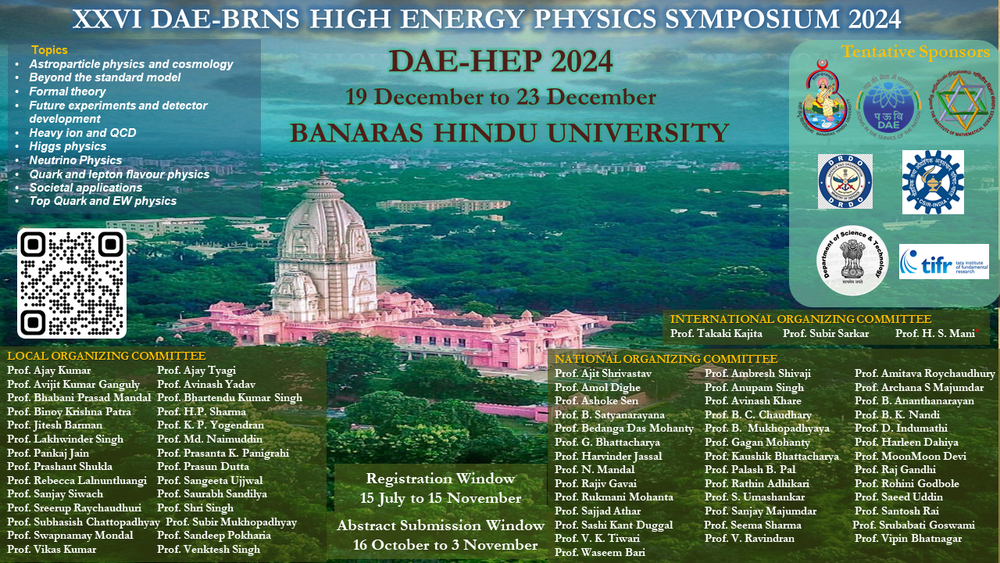Speaker
Description
In this work, we propose a model of the gravitational collapse of dark matter in the presence of a minimally and nonminimally coupled scalar field, which is used to model quintessence and phantom-like dark energy. We focus on algebraic coupling, where the interaction Lagrangian is independent of the derivatives of the scalar field. Our treatment is based on the principles of general relativity and follows the dynamics up to virialization. We consider a spherical patch that starts to collapse gravitationally, similar to the top-hat collapse scenario. It is seen that although the dark matter sector collapses the dark energy sector does keep a profile that is almost similar to the dark energy profile for the background expanding the Friedmann-Lemaitre Robertson-Walker (FLRW) universe for suitable model parameters. Our investigation reveals that increasing the coupling strength leads to dark energy clustering with dark matter on certain cosmological scales, where the influence of dark energy becomes significant. This phenomenon arises from the specific nature of the nonminimal coupling considered in this model. Furthermore, to properly formulate the problem within a general relativistic framework, abandoning the idea of a closed FLRW isolated collapsing patch is necessary. General relativity requires that the collapsing spherical patch be matched with an external generalized Vaidya spacetime, which governs the flux of matter and radiation between the interior collapsing region and the exterior. It is shown that nearly all collapses are accompanied by some flux of matter and radiation in the generalized Vaidya spacetime. Interestingly, some spherical regions of the Universe are found to avoid collapse altogether, instead expanding indefinitely and forming void-like structures. Whether a particular spherical region collapses or expands depends on the initial conditions and the specific model parameters.
| Field of contribution | Theory |
|---|

